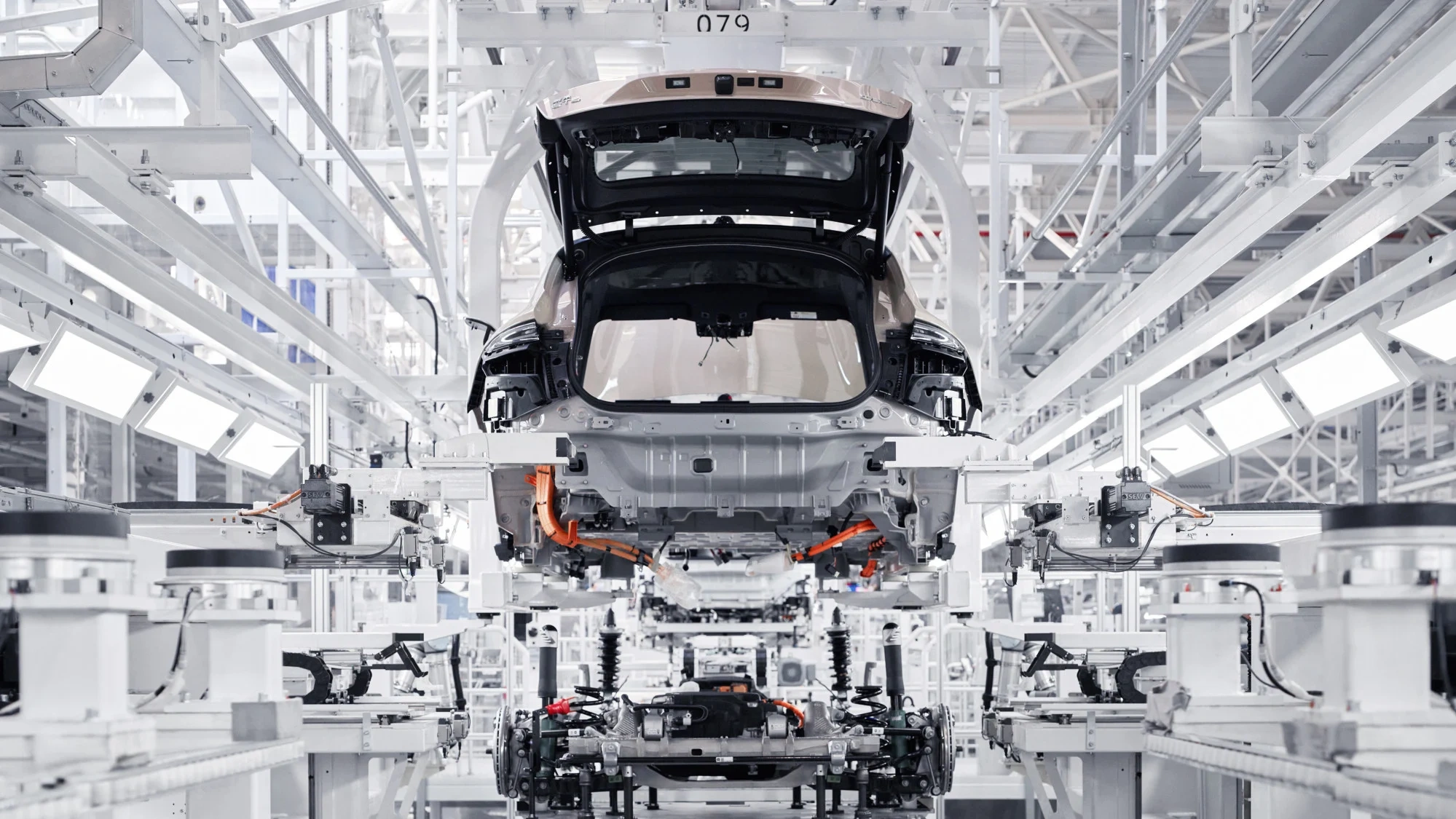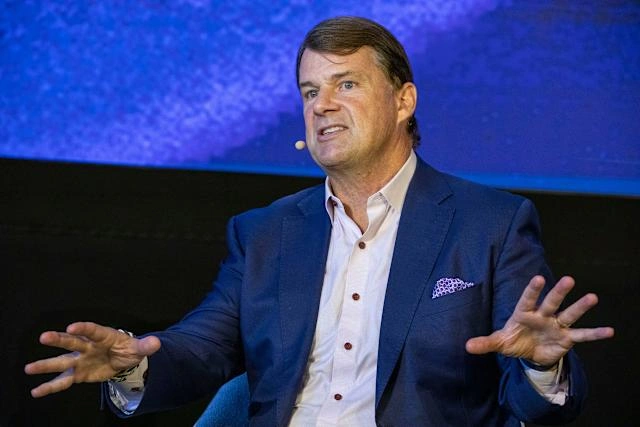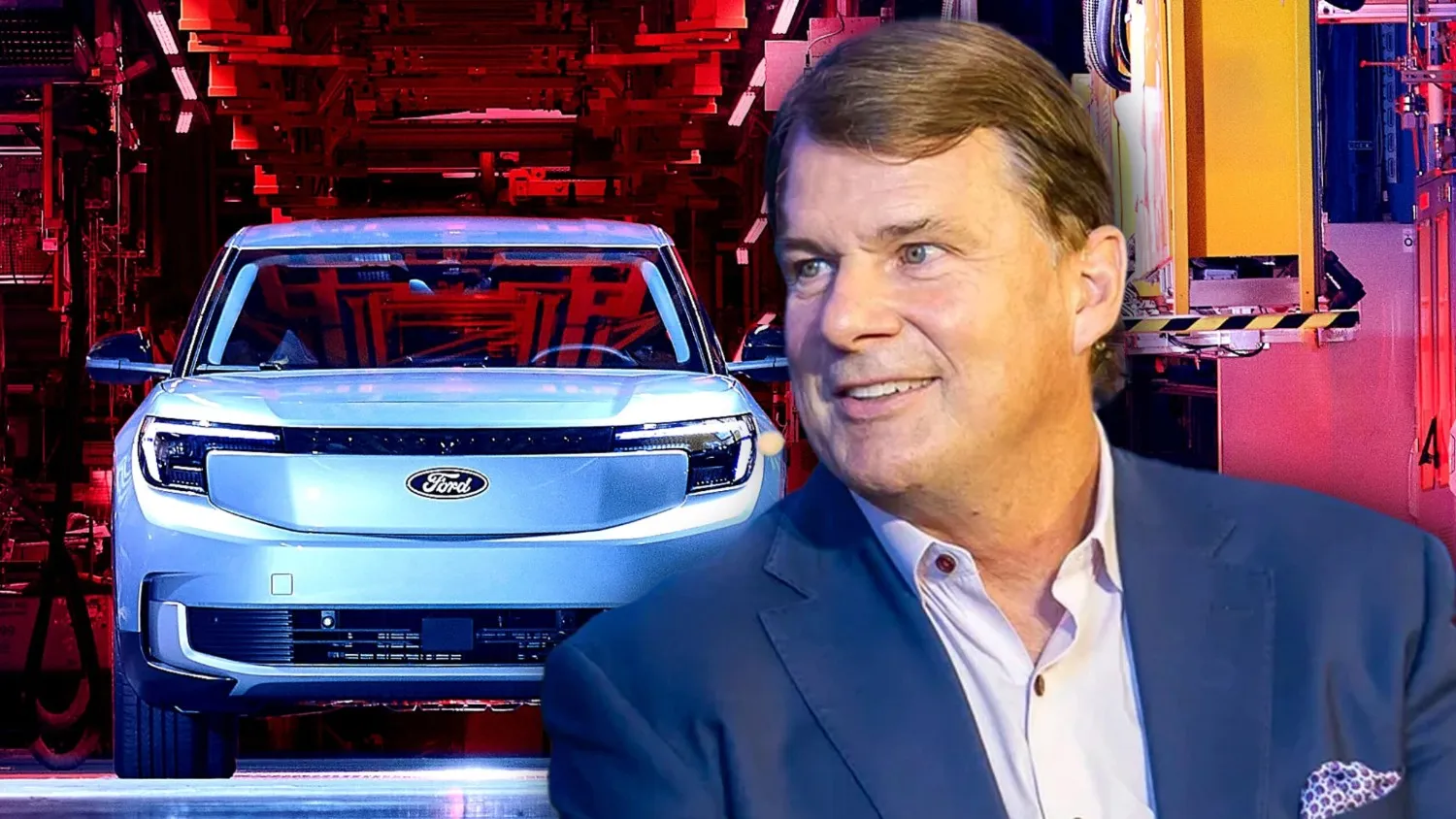Jim Farley, the CEO of Ford, acknowledged that he was “very humbled” when his staff took apart a Tesla Model 3 and a few electric vehicles from China further. He expressed his amazement at the discovery, the wiring of Ford’s Mustang Mach-E was much more complicated and had approximately 1.6 kilometres of wiring more than the Tesla Model 3. This extra wiring increased the weight and the cost and led Ford to be more open about its EVs manufacturing process through hard truths.

Ford CEO admits Mach-E’s extra 1.6km wiring shocked engineers.
Why Is This Such A Big Deal For Ford’s Electric Vehicle Strategy?
The dismantling reveal was such a bombshell that it instigated a complete turnaround in Ford’s strategy. The CEO prescribed countermeasures that consisted of the short-term, but long-term, vision of the Model E unit, where the whole of EV innovation is centred. The unit may have been the reason for writing down close to USD 5 billion in 2024 operating losses.
But Jim was confident about the overall business being “brutal”- business-wise, but he thought transparency was paramount. He is convinced that the key factors in making EVs turn out to be less expensive and, hence, more market competitive are investing more in design efficiency, especially cutting down the weight of wiring.
How Is EV Technology Competition Affecting Legacy Automakers?
The disclosure of events is like a spotlight on how cutthroat the global competition for EV technology has gotten. In fact, Farley is very clear on the matter when it comes to Chinese vehicle manufacturers, indicating that, besides being technologically advanced, they produce very cost-efficient cars now.
He tells them that, as a matter of fact, once Ford is left with no electric space to compete for, then it will be very hard for them to catch up with such rivals who are not only innovating faster but building more efficient EVs as well.

Chinese EV makers now outpace rivals with advanced, highly cost-efficient technology.
What Steps Is Ford Taking To Regain Ground?
Ford, in response, is overhauling its EV architecture along with its production methods. To that end, the company is going to launch an EV at a lower price point than any currently offered – a mid-size electric truck, which is scheduled for 2027, and is estimated to cost $30,000.
Moreover, the automaker is optimising its component purchasing and integrating practices to lessen the complexity of wiring and bring down costs related to batteries. Although he has pointed out that if a designer is lighter and smarter, the battery will not be so heavy.
Does Ford Regret Its EV Gamble?
Farley does not consider the high-risk strategies made by Ford as a mistake. He argues that the accompanying losses are not only tolerable but also very fertile ground for the company’s learning process.
He strongly believes that if Ford does not expose and purge these inefficiencies, it will lose the fight for global competitiveness. Farley, in fact, has been very vocal about his commitment to accountability, both with customers and investors, during this transformation of monumental proportions.

Farley sees Ford’s costly risks as necessary lessons for progress.
Will This Strategy Help Ford Catch Up?
Ford’s redefined electric-vehicle strategy’s return on investment is yet unclear. It is the company’s disclaimer that it lagged in some major features, chief among them the aesthetic appeal and the technical expertise for EVs. But the show of urgency by Farley’s leadership is matched with considerable investments.
Going forward, if Ford executes its strategy well, it might regain its position as a serious player in the global EV race. However, this will call for staking a claim through innovative and right-on-the-money execution practices, along with overcoming the current distance that exists between them and Chinese as well as Tesla rivals.
Also Read: Peter Ford Plans to Leave Victoria Amid Rising Crime Fears
FAQs
Q: What did Ford’s CEO mean when he said he was “humbled” by competitors?
A: It was because the extensive analyses of the Tesla and the Chinese electric vehicles pointed out that Ford’s own Mustang Mach-E was loaded with wires, thus adding more weight and cost to its production.
Q: What is the Ford Model E division?
A: It is a separate segment set up for the production of electric vehicles to speed up the coming of new technologies, to make the products aesthetic and to the building of the least costly EVs.
Q: What was the amount of money that Ford lost in its electric vehicle business operations lately?
A: As per Farley, the Model E division went into a loss of more than 5 billion United States dollars during the year 2024.
Q: What is the strategy of Ford to win in the EV market?
A: The Blue Oval is betting on a cheaper electric vehicle, which will be a mid-size electric truck costing around US$30,000, and that it will be ready by the year 2027, alongside redesigning the vehicle architecture to be more efficient.












